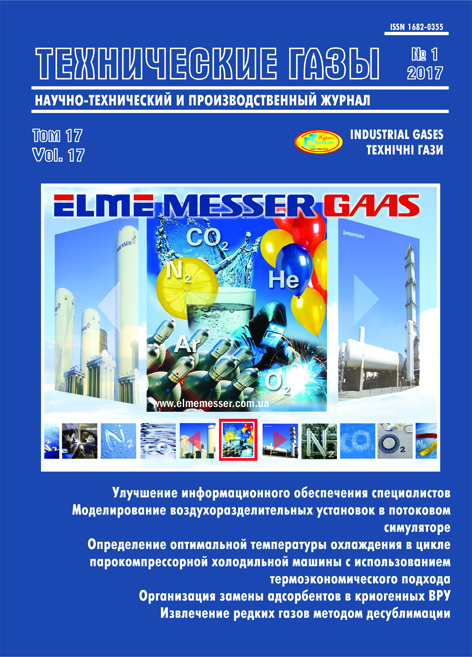START-UP, DEVELOPMENT AND IMPROVEMENT OF LARGE-SCALE AMMONIA PRODUCTION TECHNOLOGY
DOI:
https://doi.org/10.18198/j.ind.gases.2017.0858Keywords:
Ammonia, Hydro nitric mixture, Ammonia synthesis, Ammonia production, Haber-Bosch process, «Ammonia Casale», «Linde Ammonia Concept», «Lurgi», «Uhde Dual Pressure Process», «Megammonia»Abstract
Ammonia is a highly liquid product that is used for the production of mineral fertilizers, explosives and polymers, nitric acid and other chemical products. The discovery of the reaction of its synthesis and commercial production using Haber-Bosch process became an outstanding achievement of the chemical science and industry at the beginning of the 20th century. At present, ammonia production technologies, while continuing to develop, have practically reached their perfection. Various technologies of ammonia production are considered in the paper; their characteristics are given. Megammonia technology, developed by the company «Casale» in conjunction with the company «Lurgi» is the most promising one. It allows building large-capacity ammonia aggregates in one technological line with a capacity of 5000 tons/day and above. Advantages of Megammonia technology make it possible to create units with low energy consumption, reaching 6,4 Gcal / ton of ammonia. As a result, the cost of production of ammonia can be reduced by 40 % compared to traditional technologies.
Downloads
Issue
Section
License
LICENSE AGREEMENT
After receiving an article for publication as required revision scientometric databases each author directs the license agreement on the assignment and transfer of the management of copyright. Signatures of the author (s) it is desirable to seal the personnel department of the institution where the author works (authors), or the seal of the Faculty.
Revision refers to the authors one layout for proofreading. Permissible only those fixes that result in compliance with the layout of the original text of the article. Significant changes are not permitted. Layout should be sent to the editorial office within days of receipt.

